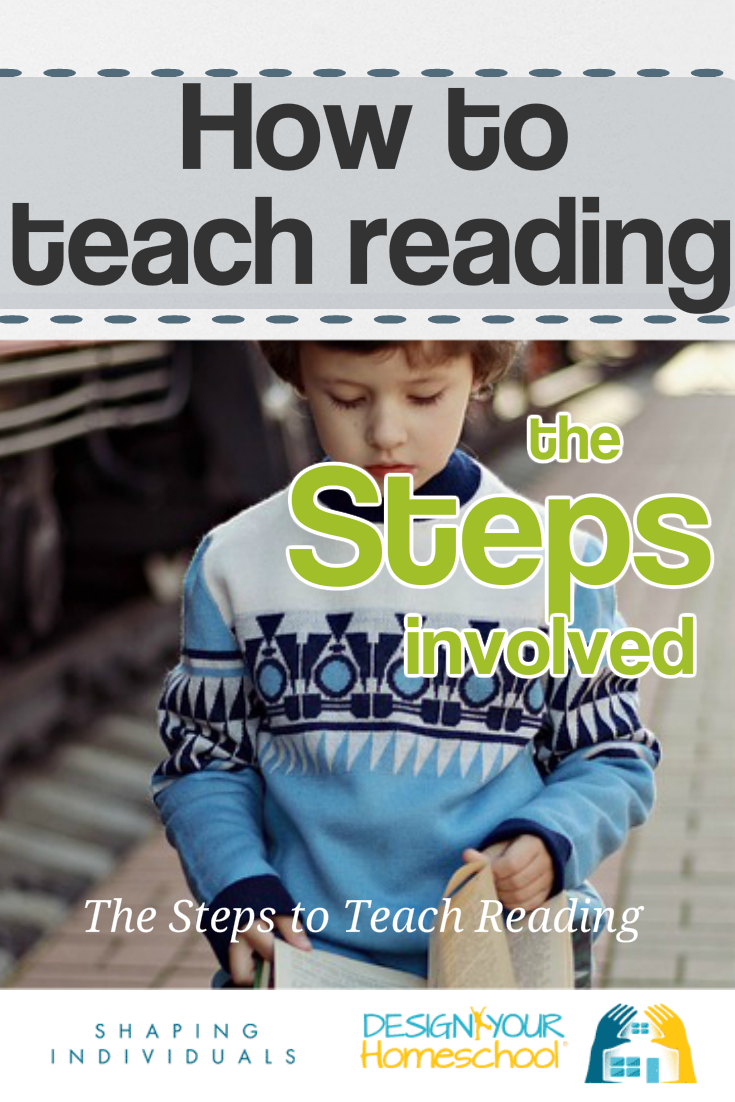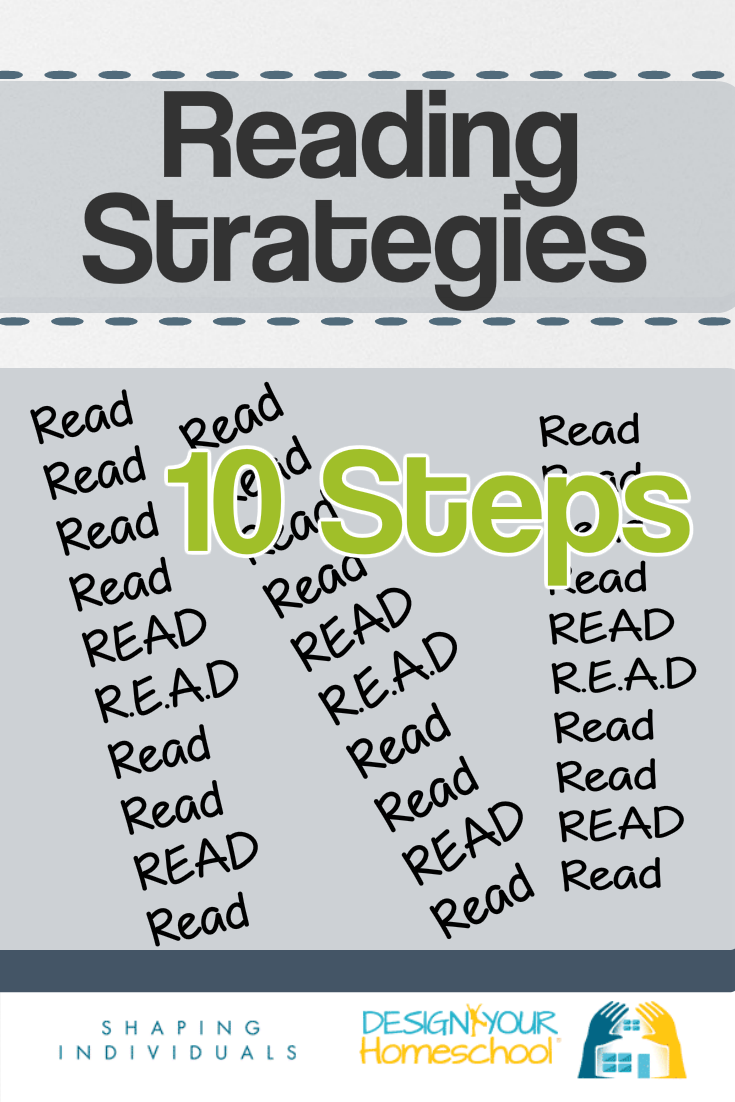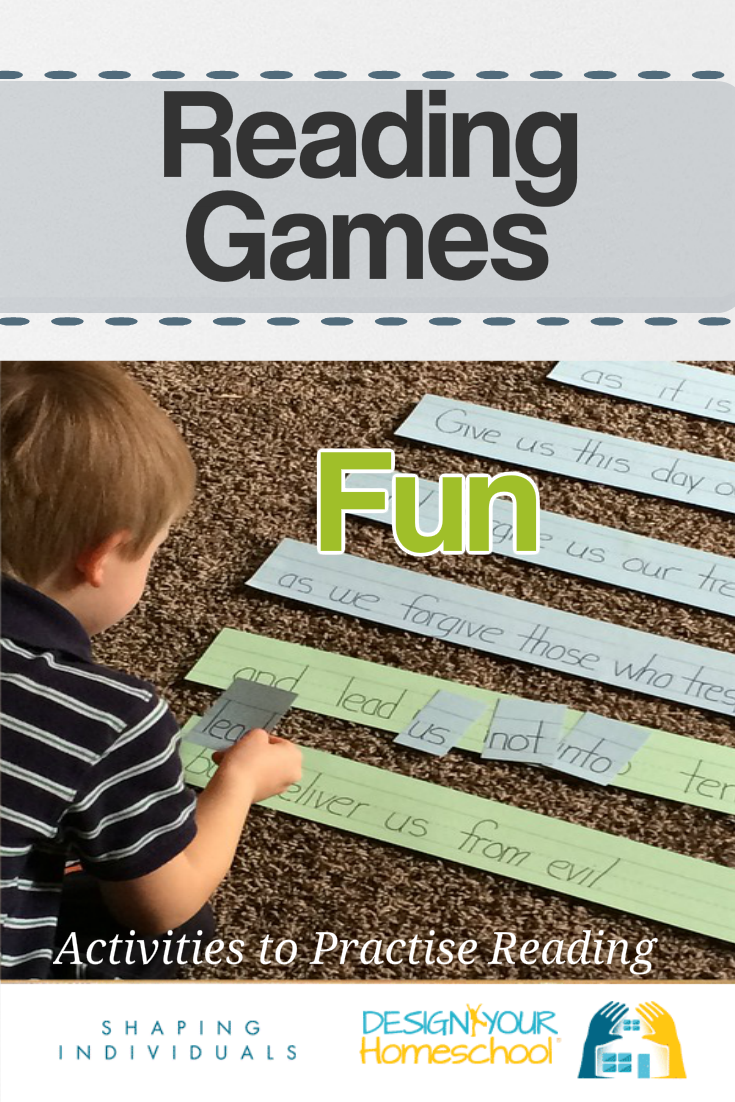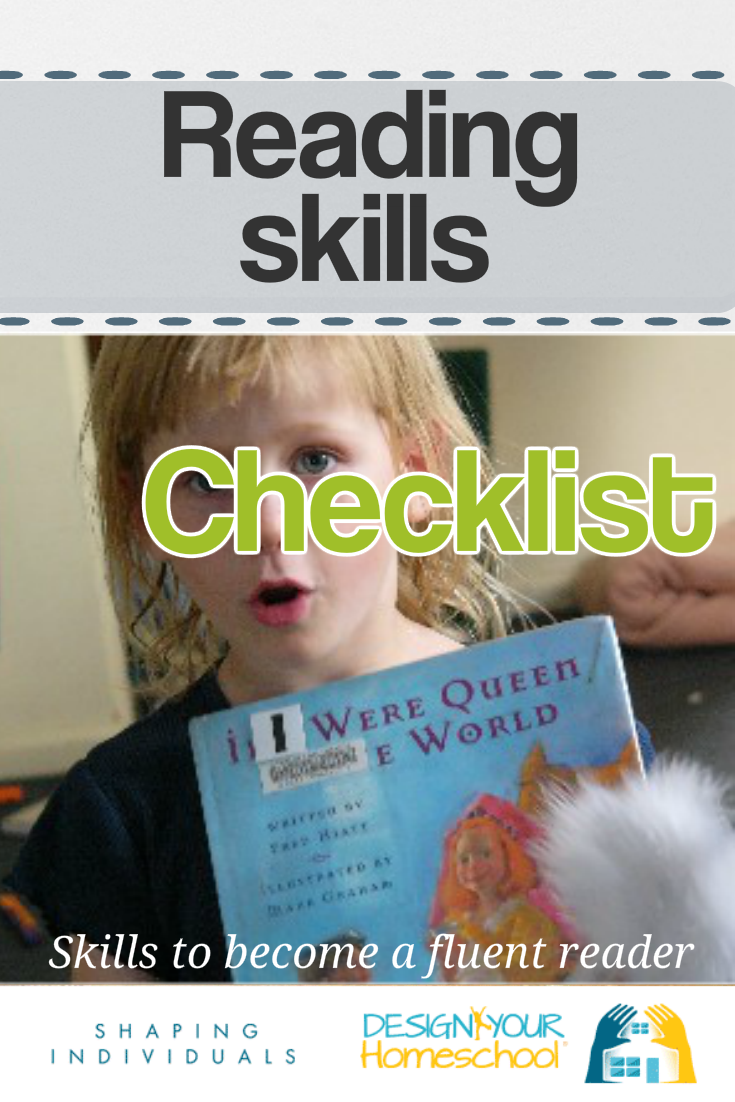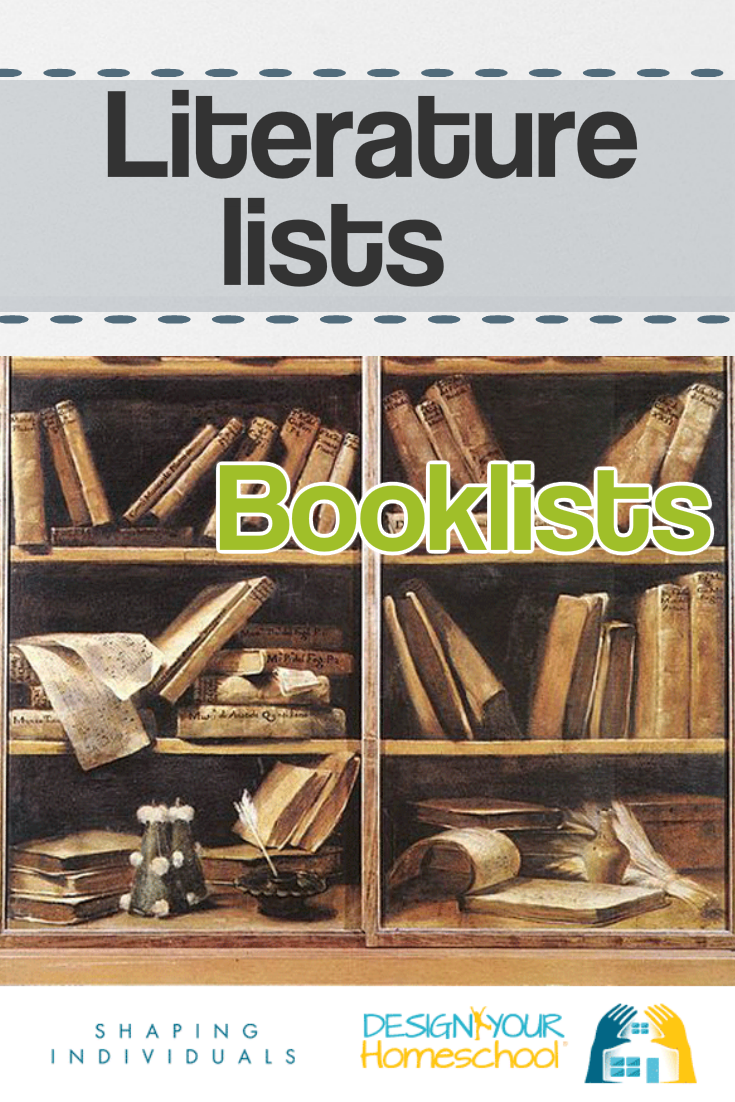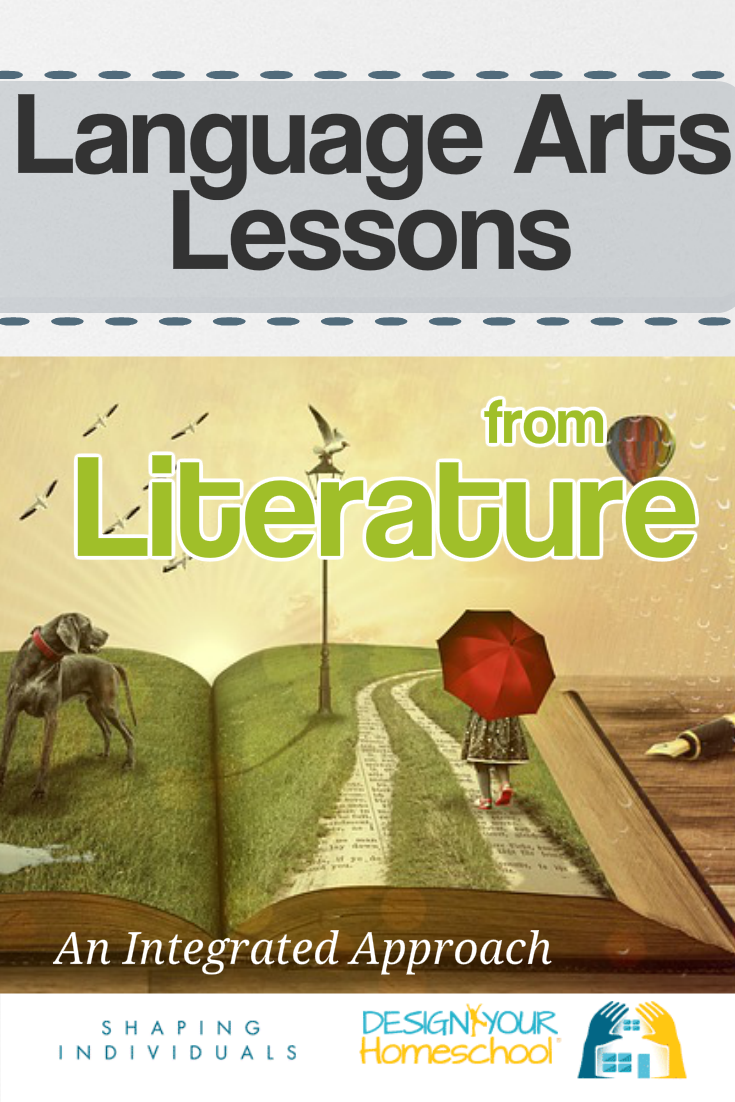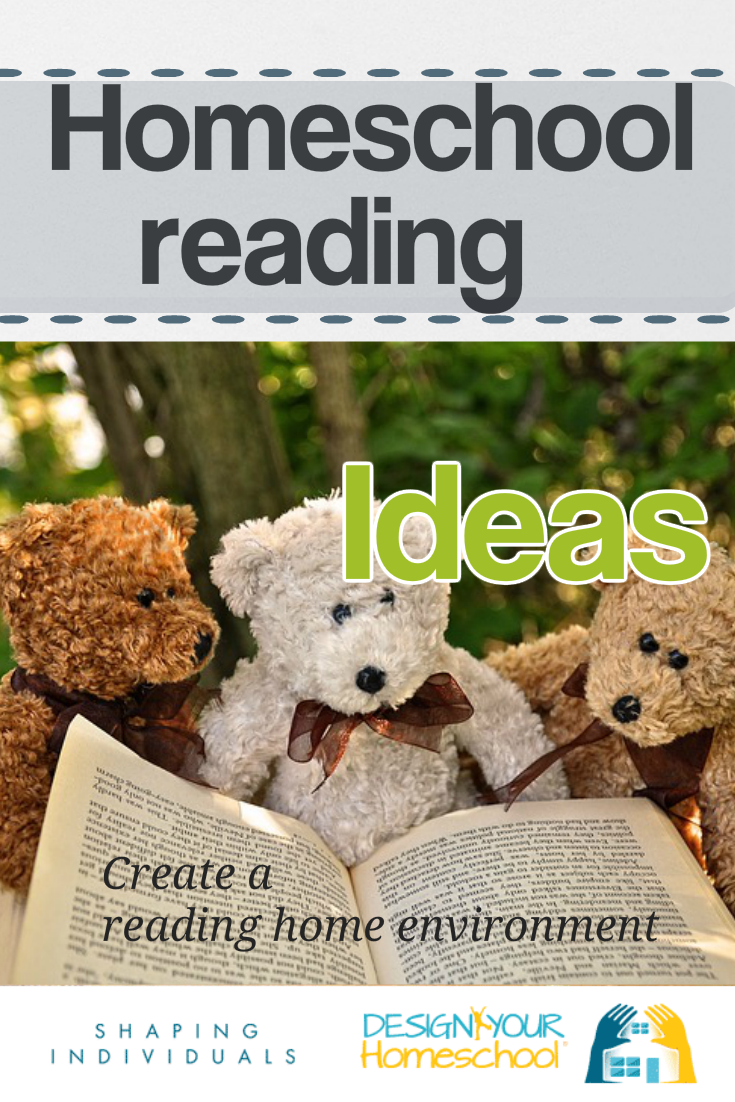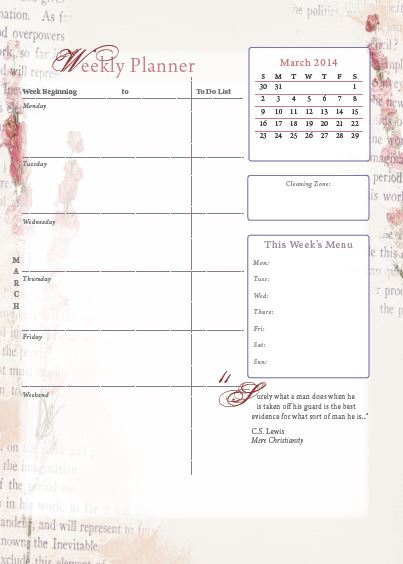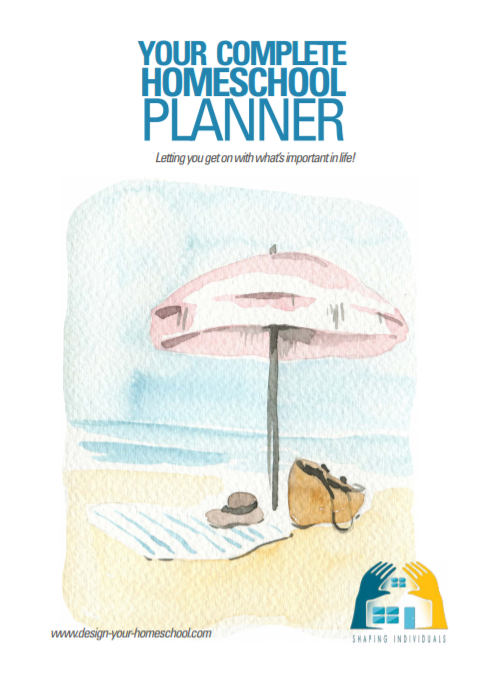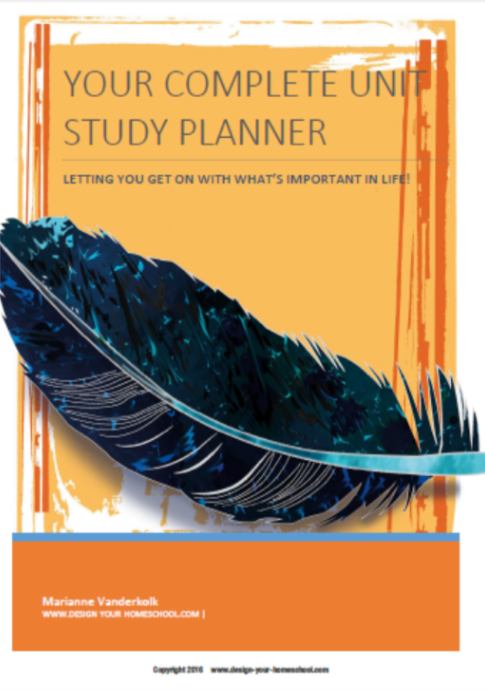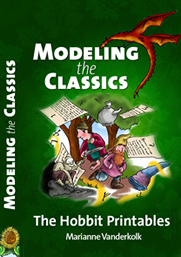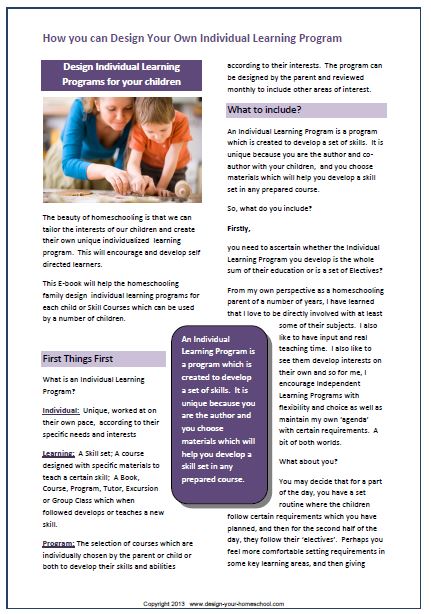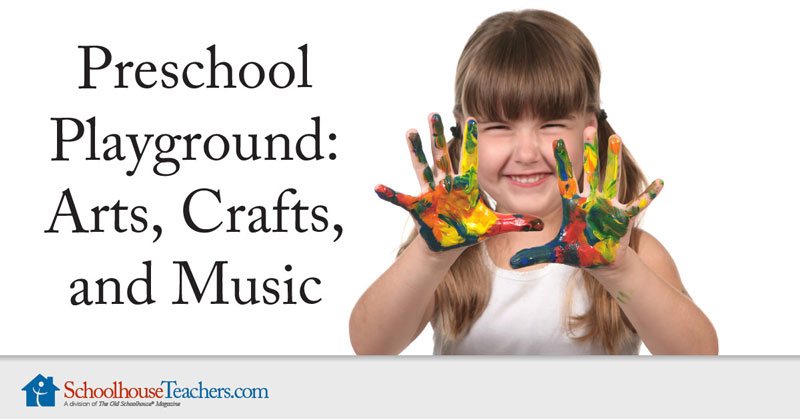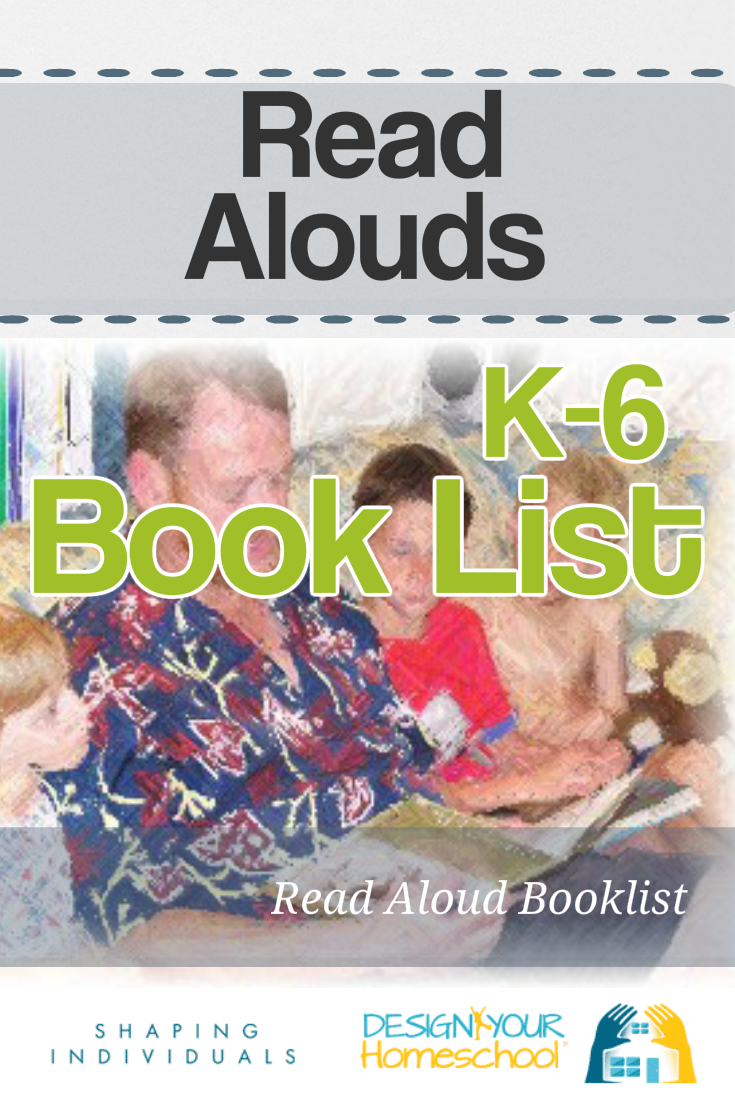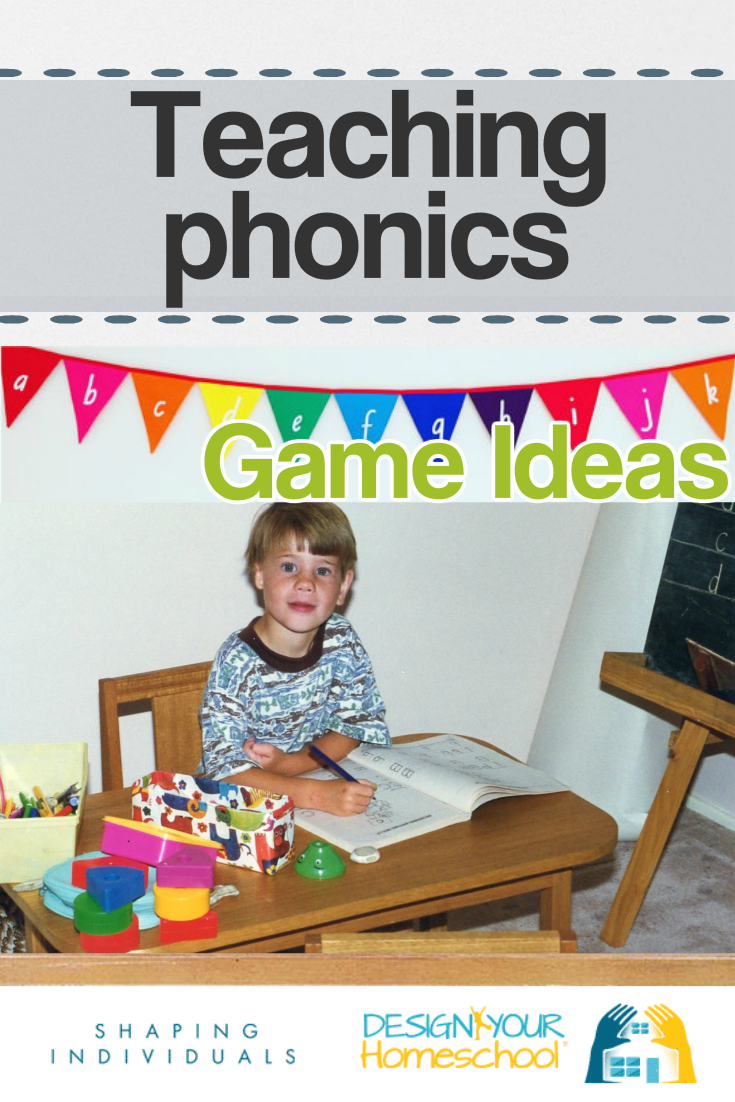How to Teach Reading - in Your Homeschool
The question on how to teach reading - can be simple and quite complex at the same time - depending on your perspective!
The whole process of learning how to read is a complicated process and there are many factors involved as your child takes separate phonemes and joins them together to create words.
For us as homeschool parents, however, the steps involved in how to teach reading - is in a sense simple. When teaching reading, the process is about presenting our children with sounds, teaching them to recognize them, connect them with specific sounds and rules and create meaningful words from the sounds.
Our job is vastly easier than that of our child - and yet it is mastered by young children within a relatively short period of time and then refined and improved for fluency and comprehension as the years go by.
So - how to teach reading is more about the steps we take as homeschool parents to provide the best learning environment for our children.
When teaching how to read, our children need to have:
- An awareness of Print around them
- An awareness of sounds and the ability to differentiate between sounds
- Association of letters with the sounds they make
- Blending sounds together to form words
Awareness of Print
In order to teach your children to read, the first step is to model reading and read to your children. A lot!! If you want more suggestions on how to teach reading and set up a reading environment in your home - see these 10 steps for teaching reading.
In that context it is important to help your child become aware of print. This can be done by:
- Pointing out signs and letters in magazines, on cereal boxes and all around us.
- Discussing the parts of a book: Front cover, Title page, back of a book, pages, titles, chapter divisions..
- Reading from left to right;
- Pointing out letters - and words that repeat;
- Label objects in your house and in their room
- Reading repetitive books with similar sounds
- Asking your child to guess what the next word may be (predictive reading)
Awareness of Sounds
Much of what you do to help your child become aware of sounds is in the form of conversation and games:
- Rhyming games - Making up jingles with different rhyming words
- Listening games - ask your child to close their eyes and identify the sound (crumpling of paper, tapping a desk with a ruler, footsteps, opening a door, eating an apple) Variations on this game is to have sounds in a sequence and remember the sequence.
- Making silly rhymes - make up endings or change words in rhymes, poems, songs or short stories and see if your child can find out what you changed.. "Old Macdonald had a house..."
- Play "Eye Spy" - and list objects you can see which start with certain sounds
- Take out sounds in words - and see if your child can identify what is wrong; "Please give me a 'tink' of water.."
- Clap your name, words, songs, poems with different syllables;
- Stamp your foot or dance to the sounds of poems and songs
- Alliteration - have fun with making silly sentences with similar sounds... about everyday objects: "bounce the big blue ball."
- Play around by saying all the voiced and unvoiced phonemes (/f/ : /v/)
Association of Letters and Sounds : Phonics
Now it's time to associate letter shapes to certain sounds.
You will find that there are different opinions as to whether to teach the names of the letters before / after or at the same time as the sound the letter makes. Personally, I preferred to focus on the sound of the phoneme rather than the letter name.
The homeschool phonics program you use will have a certain sequence of letters to teach.
Teaching letter sounds:
For each letter sound, you can:
- Use flashcards to practice the sounds of the letters
- Find the sound in words wherever you look: signs, book titles, books, the Bible reading, Bible verses, cereal boxes, shopping lists
- Draw the letter
- Copy over the letter
- Make the letter from playdough
- Draw the letter in sand or in a rice tray
- Pick out the letter out of a group of flashcards, magnetic letters
- Play around with fridge magnetic letters
- Scatter letters on the ground and have children land only on the sound they are learning;
- Make letter books - cut out pictures or draw pictures of things that begin with the new sound;
- Sing songs with letter sounds. Often a phonics curriculum includes singing as a way to teach and remember letter sounds.
Teaching Letter Names:
- Play a Bingo game where the flashcard shows the Capital letter and the child needs to find the lowercase letter: 4 in a row wins;
- Match flashcards - lowercase with upper case letters
- Create a mother and baby letter book
- Sing the alphabet song and pointing out the letters - 2 different sets of letters - capitals and lowercase.
Blending Sounds
The next part in how to teach reading - is to provide ample opportunities in your homeschool of blending the letter sounds together. As more sounds are introduced, the words can become more varied and in some homeschool phonics curricula - reading is taught alongside writing - so as the new sounds are being learned they are also being written. As the number of sounds increases, the words which are being blended will increase also.
- Give many opportunities to practice blending of basic sounds
- Make repetitive books such as, "Brown Bear, Brown bear what do you see?" - so that the child can concentrate on the few new words each time by just repeating the known initial phrase.
- Make picture books with the newly learned words
- Model the reading to the child;
- Read the book to your child many times over - and ask if they would like to try ...
- You could read the book together - one page each
- Listen to an audio book and turn the pages at the appropriate time
- Use easy reader books with a lot of repetition.
If your child is not ready to read...
As a homeschool parent, is easy to think of yourself as a teacher who is 'testing' to see if your child can read the new words that are placed in front of them. But, think of it more as 'let's do this together...' activity.
So, if you need to read the text to the child again and again, don't let them think of it as failure on their part. Just let it be an enjoyable experience. When they are ready - they will let you know. "I can do it myself!!" - and they will be willing to dive in and tackle the words. If they're not ready or able - just asking them to read to you - can place incredible pressure on their shoulders. If they can't do it just yet - don't ask them to!
The best thing to understand how to teach reading without stress in your home - is to not stress about it! It will happen - but most likely not on the same day or year as you may expect. (Hint: change your expectations!)
The importance of Reading Skills
Since these skills are basic to life in the world, to understanding, to communication, I believe that learning the skills of language arts should be foremost in all our education. And, that's why you're here searching how to teach reading! It is great to have the ability to explore many facets of learning and to be useful with our hands, but I believe that our focus must be firstly on these language arts skills, focussing on the written and spoken word. We need to understand our own language, use it, develop it, write it and speak it so that we can communicate and interact in a meaningful, thought-provoking, enjoyable way with others.
That's why teaching your own child to read is such a meaningful and exciting experience!
Homeschool Curriculum - How to teach Reading
There are many homeschool reading curricula available and you need to work out what suits you. There are programs with CDs, songs to sing, worksheets to colour - a complete comprehensive program covering all bases. There are also very simple programs using just one book.
I know that both types of homeschool reading curriculum have worked for different children and perhaps you need to ask yourself - what will you cope with as a mum?
Complete Phonics Curriculum
Here is a selection of fantastic phonics programs which include a CD for the phonemes as well as songs.
- LEM Phonics
- Phonetic Zoo
- Sing, Spell, Read and Write
Simple Approach to Phonics
The Phonics programs listed below are not less comprehensive, but they do not include all the extras.
- 100 Easy Lessons
- Writing Road to Reading (Spalding)
- The Ordinary Parent's Guide to Teaching Reading
Online Homeschool Reading Curricula
Starfall.com
From one homeschooling mum's perspective:
As a parent I visited the Starfall.com and my two children had a great time by themselves for twelve months before formal education and when it came to leaning letter names and sounds I found that they had already picked most of them up and teaching them to read has been a breeze. This is colourful, interactive, and tasteful associations used. You can also for free print readers colour or black and white for children to colour themseves making a more personal reader. Its great and I recommend it highly.
Reading Eggs
Many children love using Reading Eggs when learning to read. This seems to be an exciting program in teaching children how to read.
